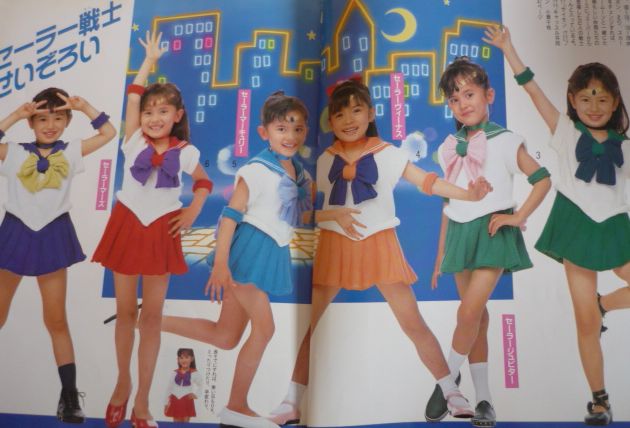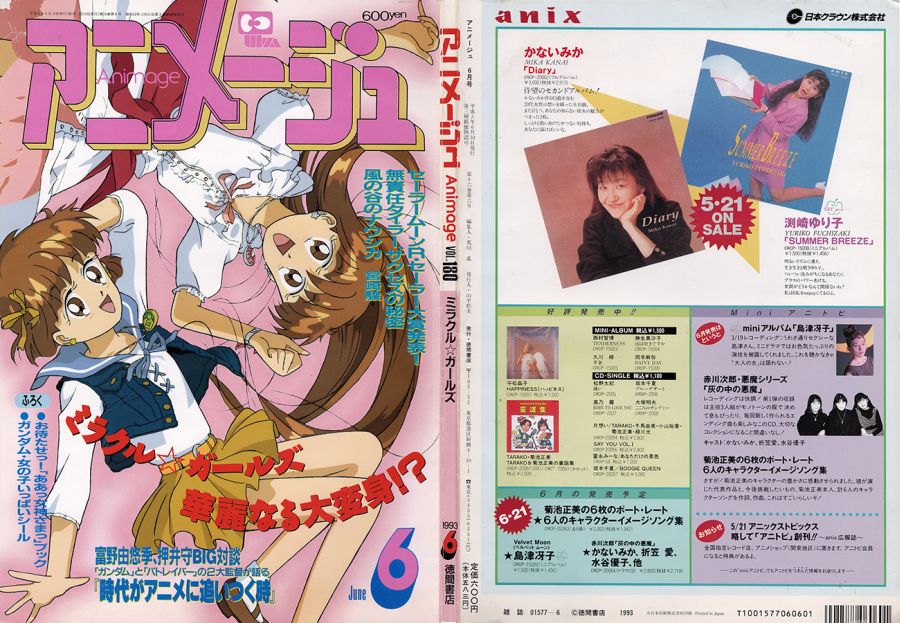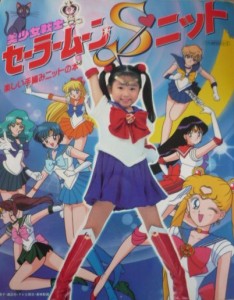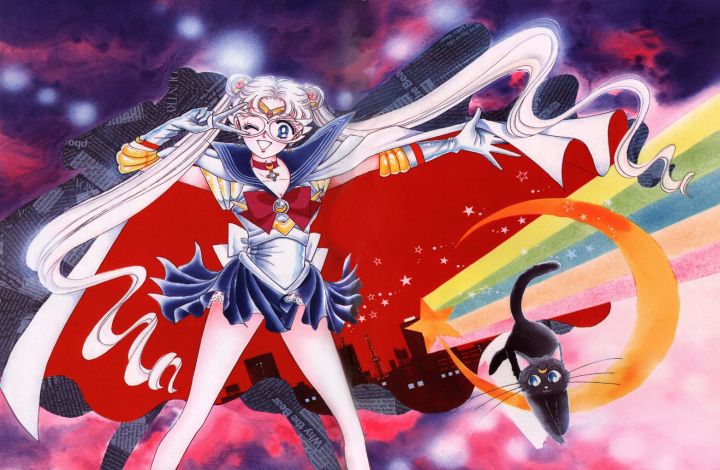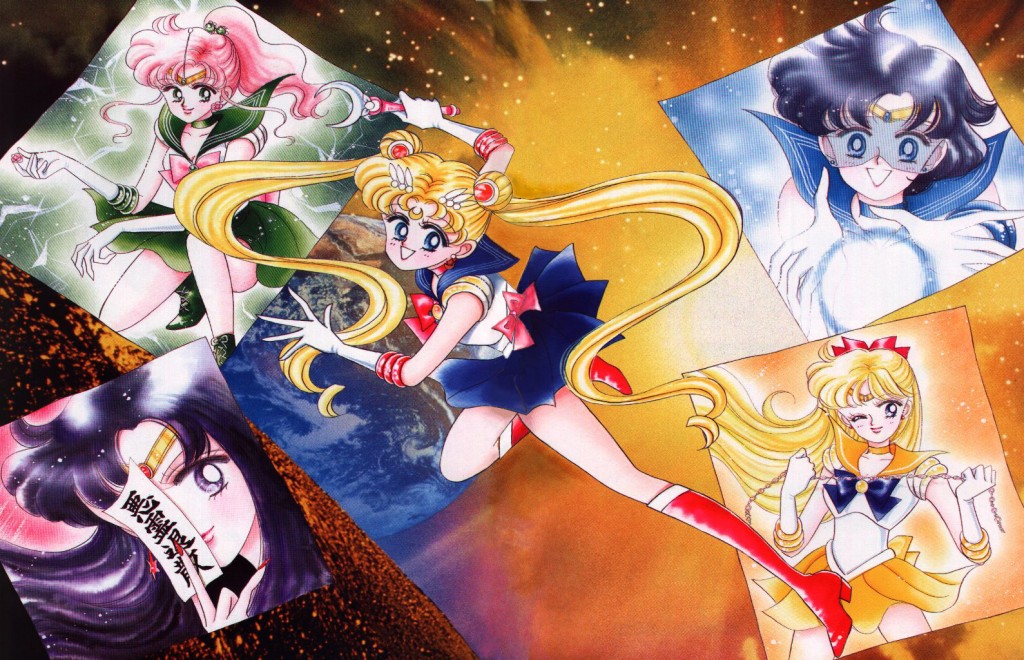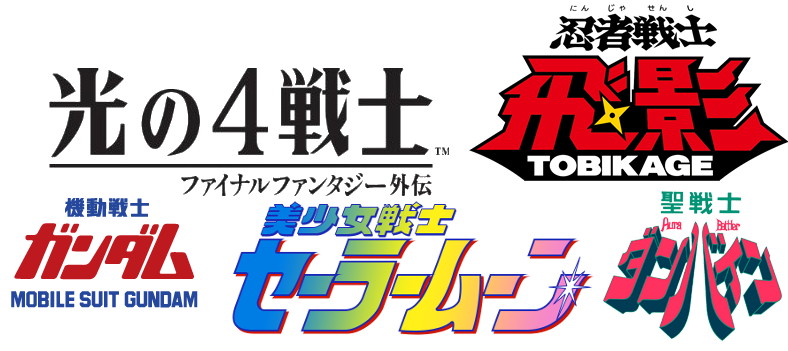Though it seems that Ms. Takeuchi was stopped at the last minute by her editor, Fumio Osano, from killing the Sailor Team at the end of the Dark Kingdom arc, their anime counterparts weren’t quite so lucky. For a show which strayed even more into family-friendly territory (which can be seen often with the comical moments between Rei and Usagi that didn’t exist in the manga) and even cut out some of the deaths from the series (such as Jadeite being killed in the manga and frozen in to an eternal slumber, Princess Serenity’s suicide in the manga after the death of Prince Endymion, etc.), it’s a bit odd that they’d go the opposite direction and actually kill off the main cast in the epic climax. So after being lulled into this false sense of security, how did the fans react? And, by extension, their parents?
The information for this article comes from the June 1993 issue of Animage magazine.1
The first, and most widely-publicized, story comes from a midnight radio DJ for Radio Fukushima, Arata Owada.2 As the story goes, he used to would watch Sailor Moon together with his daughter every Saturday and was shocked to watch the Sailor Team fall one by one. He was so upset by this that he actually called up TV Asahi and demanded to know what they planned to do about the characters. Since he often discussed anime on his late-night radio show – and was vocal about his concerns – he eventually caught the attention of Animage, which asked him to do a phone interview.
In the interview, he said that his daughter was so shocked by the ending that she came down for a 40°C (104°F) fever and stayed home from kindergarten for a week. When he finally took her to the doctor, he was told it was autointoxication3 and the doctor asked if she had suffered some sort of trauma or shock recently.
Another – and perhaps more interesting – story comes from a fan-letter section in the same issue of Animage called “Mom’s Too!” In it, a 32 year old mother offered her opinion on the matter. She noted that in real life, people don’t die and then magically come back, so she was opposed to the idea of the Sailor Team so imply being “reset” and then coming back to life as if nothing had happened. She was concerned that her daughter would take away the opposite lesson: that people die and come back, that death isn’t permanent, and may lose out on the importance of life.
Looking around on the internet also gives various anecdotal stories from people about their classmates not coming to school or the author themselves not being able to eat for several days after watching the climax to the first season, so it’s pretty apparent that the impact these episodes had on Sailor Moon fans was huge.
Personally, though, I think it’s a good thing – it really shows that what could be written off as a simple anime really did touch people’s lives, and that the TV Asahi staff did a wonderful job of making these characters real. Isn’t that really the greatest compliment?
